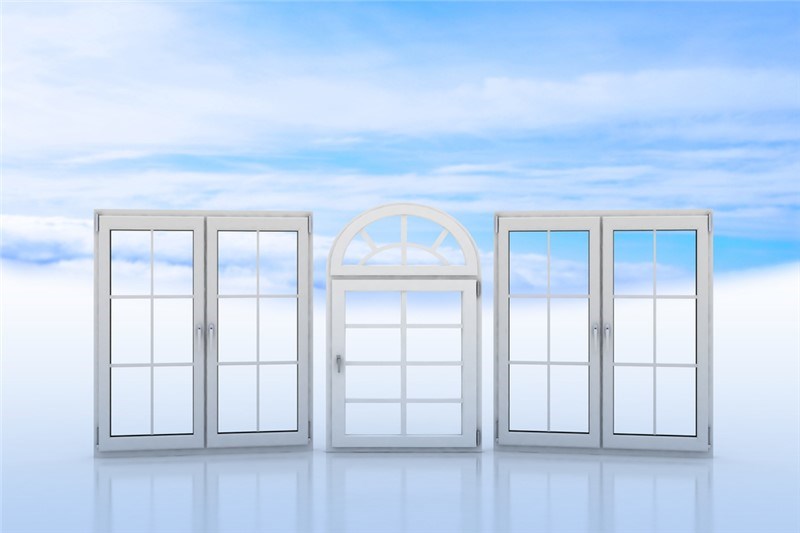
There’s a lot that goes into buying replacement windows for your home. From the moment you decide on new windows and the time you spend exploring your options for financing the project, right down to the installation itself, and everything that goes on in between—it’s safe to say that the process can be frustrating for the typical homeowner.
The good news is that new windows are an excellent investment for homes that need them. In fact, there’s never been a better time than now for outfitting your home with window replacements. Today’s window materials are stronger and more durable than they used to be and can make your home more beautiful, comfortable, cost-efficient, and eco-friendly—among other amazing benefits.
However, in order enjoy new windows, you’ll first need to wade through the endless options you have available, including the remodeling company you choose to handle your project. This is perhaps the most important part of the entire process—as the right window installation company will lead you towards the best investment you can make for your home.
At Midwest Construction, we’ve been helping homeowners make the best decisions for new window replacements since our beginnings in 1958. We care about the success of your home renovation, which is why we’ve provided you with this guide to help you understand the ins and outs of installing replacement windows. In this article, you’ll learn more about window types and styles, the best materials used in today’s production of high-performance window products, and other important information to assist you in your upcoming home renovation.
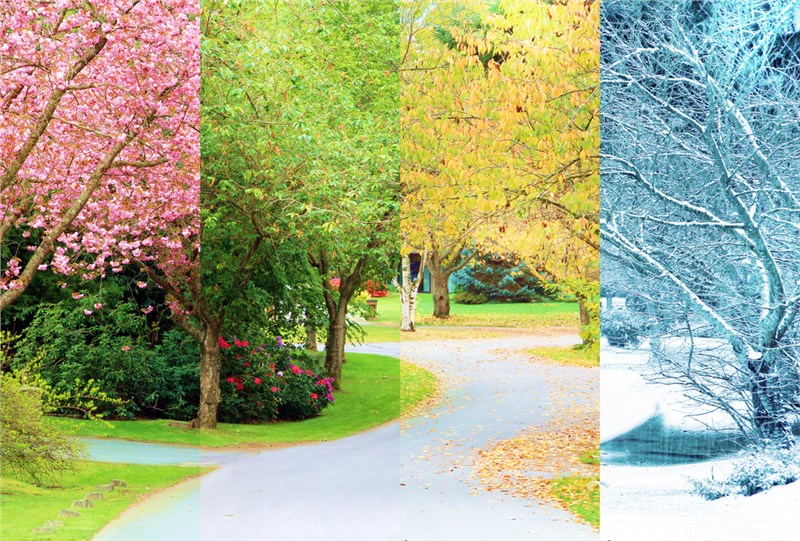
When to Replace Windows?
One of the first decisions you’ll need to make regarding your home improvement project is when to do it. While anytime is a great time for home remodeling, there are certain pros and cons to be aware of when planning a project in the spring, summer, fall, or winter.
Spring and Summer
Spring and summer are the most popular seasons for home remodeling, period. There are several important reasons for this, and most of them have to do with pleasant weather. Replacing a window during cold or rainy months can affect your utility bill and can become uncomfortable if the process takes a while to complete. Therefore, the spring and summer months can be ideal for replacing windows in regards to your indoor climate and energy-efficiency of your home.
Another important benefit of spring and summer window replacement is that the materials used during the installation process can be more effectively placed in warmer weather. In the cold, vinyl and aluminum window frames can contract in the cold weather, while silicon and latex caulking adhere to the frames better in warmer conditions. This isn’t to say that window installation is impossible in the fall or winter; it simply means that the process requires special care in certain conditions. In any season, the success of your window installation will depend on professional knowledge and expertise in order to handle these important issues properly—and this is especially true when the temperature drops.
Fall and Winter
As we mentioned before, cold weather installation can be complicated for a number of reasons. Cold, stormy weather isn’t the best environment for window replacements. However, if you are in need of replacement due to cracks, leaks, or other issues, it’s best not to wait any longer for warmer weather to arrive.
As we mentioned before, making sure that the company you choose to help you with your installation is professional and reputable is your best bet to making any window installation a success. This is especially true in the fall and the winter when extra care will need to be taken to avoid problems with the weather.
That said, not all fall and winter days are dreary, dark, wet, or cold. Try as best you can to follow the weather forecast, and make an attempt to schedule your window installation on a day when the weather is warm and sunny. Your contractor will help you however they can to make your home feel more comfortable during installation, perhaps by installing one window at a time, covering the exposed wall holes with plastic tarps, and by giving you tips on keeping the rooms sealed off to prevent further energy loss.
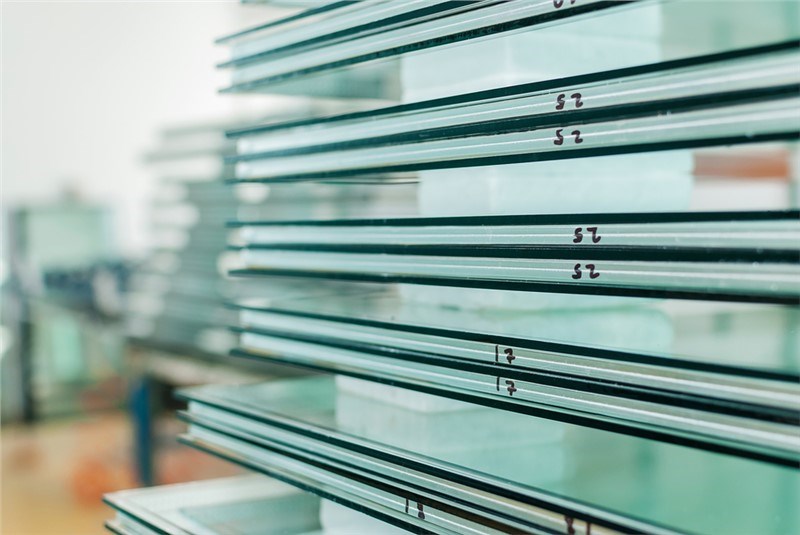
Choosing Your Replacement Window Materials
The materials you choose matter a great deal when it comes to your home’s energy efficiency, beauty, and durability. Today’s window products come in a wide range of options to choose from, which is why it’s important to research each one to determine which ones are right for you.
Here are some of the most popular choices for window materials in construction today. For help on deciding between them all, be sure to consult with your contractor for more information.
Vinyl
A vast majority of homeowners are using vinyl materials for their window installations and replacements, due to its low-cost affordability, durability, and energy-efficiency. Vinyl windows are a great choice because they’re scratch resistant, won’t warp, chip, or become water-damaged, and require very little maintenance.
Another important benefit of vinyl windows is that they are pre-painted during the manufacturing process in the color or design of your choice, including a faux wood finish, and will never fade. This means that unlike other window materials, you won’t need to re-paint them over the lifetime of your windows. Vinyl windows can also be designed to suit your unique style preferences and can be molded to fit any specialty window size or shape.
Wood
Wood has been a popular choice for window replacement and installation projects for decades, and will likely stay popular forever among traditionalists that love the classic beauty and insulation power of wood products. However, the popularity of this frame material for windows has diminished over the last decade or so, due to its high-maintenance needs and expensive costs.
For example, wood frames are particularly susceptible to water damage, corrosion, rotting, mold, and mildew growth, cracking, splitting, and other issues. If you choose wood, you’ll need to commit to a strict inspection and maintenance routine throughout the year—spotting and quickly repairing minor issues before they become larger problems. If you can handle this aspect of wood frame maintenance, you can expect to enjoy gorgeous, energy efficient windows that last a long time, possibly for up to 60 years or longer.
Fiberglass
Fiberglass windows are becoming more and more popular, as homeowners explore their options for beautiful, durable, and eco-friendly products. Like vinyl, fiberglass windows are extremely low-maintenance and durable. Like vinyl, fiberglass windows are virtually unbreakable, and won’t rot, warp, or corrode. In fact, fiberglass is even stronger than vinyl and will withstand even the harshest weather conditions flawlessly.
Fiberglass costs more than vinyl products but is expected to last almost 40% longer than vinyl windows. Interestingly, fiberglass windows cost less than wood but can be painted to look almost exactly like real wood materials.
Aluminum
Aluminum window frames are lightweight, affordable, and very durable. Some important benefits of aluminum are the variety of colors and designs available, and the sleek, modern look and thin frames that allow for more glass exposure.
Some of the downsides of metal windows include poor insulation performance, and the tendency of aluminum to expand and contract in hot or freezing temperatures.
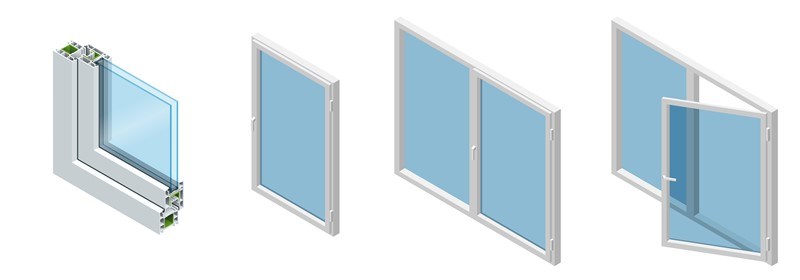
Types of Replacement Windows
Replacement windows come in a huge variety of styles—from the most popular double-hung and single-hung models, to specialty windows in custom shapes and sizes. The type of window you choose should be a decision based on the placement of the window in your home, your home’s architectural style, and your personal preferences—among other considerations.
To help you decide among the various window types, here’s a quick guide to some of the best-selling window models in homes across the country.
Double Hung Windows
Double-hung windows have replaced single-hung windows as the most popular installation for both new constructions and replacements. Double-hung windows improve on the design of single-hung windows, with two moveable sashes (instead of only one) that open at the top and bottom of the window.
This double-sided opening is an important innovation, as it allows for hot air to escape from the top of the window, while colder air enters in from the bottom. This circulation-ventilation effect works to cool the room faster and more powerfully when both sashes are left open. This means less energy-usage over the summer as homeowners won’t have to rely on their HVAC systems as much—and better air-quality as clean air circulates more efficiently in and out of the home.
Another useful innovation of some of today’s newest double-hung window products is the tilt-in feature. Windows on higher floors can be hard to clean from the outside, but the tilt-in feature allows for them to be pulled inwards towards the interior of the home for quick and easy cleaning of both the outside and the inside of the window surface.
Sliding Windows
Sliding windows are another very common window installation, featuring a very practical and modern-looking design that comes in either 2- or 3-section options. Sliding windows feature a sash that moves right-to-left, or left-to-right, which can be preferable for areas of the home where space is limited or appreciated.
Casement Windows
Casement windows are typically found over the kitchen sink and in bathrooms but can be installed in other areas of the home as well. This window type features a crank that opens and closes the window, sash out and away from home, while the hinges are located on the sides. One of the greatest advantages of this window is the ability to experience a fully opened window, where other models can only be opened halfway. With casement windows, the entire panel opens or closes all of the ways, letting in ample ventilation to cool or improve the air quality in your home.
Picture Windows
Picture windows are flat panes of glass without hinges or moving sashes and don’t open or close. However, they offer excellent views and natural light to open up your home. These usually are oversized and cover a greater area than other window types, and are most commonly placed in high areas where more light and a greater view of the outdoors are welcome.
Bow and Bay Windows
Bow windows consist of several equally-sized window panes placed in a curve that extends out from the walls of the home. Bay windows are similar to bow windows, as they are also placed in a rounded curve and outward projection from the home construction. Both types of windows are beautiful and let in plenty of natural light, adding immense value and curbside appeal to any property.
The difference between the two types of windows is the number of windows—bay windows usually feature three side-by-side windows in varying sizes, while bow windows are made up of four or five windows in equal sizes. In both models, the windows can be casement, double-hung, picture, or slider windows. Because these types of windows offer excellent views of the outdoors, they’re usually placed in living rooms, offices, bedrooms, kitchen nooks, or anywhere a beautiful view of the outdoors can be enjoyed.
Basement Windows
Basements are often dark, enclosed spaces that can seem like dungeons without natural light streaming in. Basement windows open up the home and offer the opportunity for greater ventilation—a feature desperately needed in stuffy basement constructions.
Classic basement windows are a type of casement window, sometimes referred to as “hopper windows.” Basement windows open from a hinge at the bottom, tilting inward toward the inside of the home. This inward tilting motion makes cleaning the window surfaces easier, while making it hard for anyone to climb inside uninvited.

Replacement Windows and Energy-Efficiency
Beyond style and function, energy-efficiency is one of the most important features to look for in a window product. Energy-efficient, high-performance windows can help homeowners save anywhere from 10-25% on their energy bill every month, depending on the current performance of their existing windows. Additionally, energy-efficient windows help to reduce the household’s carbon footprint, making a more positive impact on the environment with a greener, more eco-friendly lifestyle at home.
Sorting through the endless lists of features on new windows can be confusing. Here’s what to look for when evaluating a window product’s potential for greater energy-efficiency.
· Low-E Glass: Low-emissive glass is treated with a coating made from metallic oxide. This invisible coating is a mechanism that reflects heat without blocking the natural light from streaming in, a function that results in better insulation and lowered energy costs.
· Argon Gas: For better insulation, some windows are filled with argon gas. Argon gas-filled windows are superior to windows without, as the gas serves to prevent energy loss, reduce heat transfer, and enhance indoor comfort.
· Weather Stripping and Caulking: Weather stripping and caulking are important for windows to protect against drafts and energy loss. Caulking and weather stripping materials and installation practices will vary but can consist of vinyl, acrylic, latex, or silicone caulking, or sponge, vinyl, felt, or foam weather stripping materials.
· Multiple-Panes: Single-pane window types are not as energy-efficient, and can prove to be quite fragile and prone to breakage. Instead of single-pane windows, look for double, triple, or quadruple-pane windows that will offer superior insulation performance and energy-efficiency you want for your home.
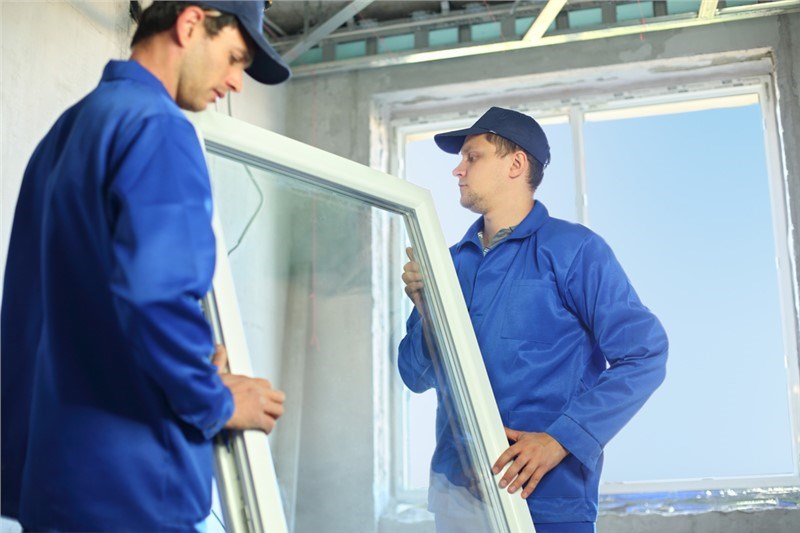
Professional Replacement Window Installation
Installing your own windows is possible, but not recommended for most homeowners. While you might feel tempted to begin a DIY window project—whether in an attempt to save money, learn a new skill, or feel pride in contributing to the physical work of improving your own home.
Whether you’ve had plenty of experience installing windows or none, there are a few reasons why DIY window replacement is not recommended. To start, homeowners without the proper knowledge, skill, experience, or the proper tools and equipment required for window installation are not likely to understand what they’re getting themselves into. Installation is an important aspect of replacement, and improper installation will adversely affect the durability and long-term performance of your new windows.
Another important reason why DIY window replacement isn’t suggested is that it’s usually not covered by a labor warranty. Unless you happen to be a professional contractor yourself and can cover your own work with your company’s warranty program, installing your own windows will often result in forfeiting any possible coverage you’d get with a professional installation.
This is true whether or not the window product is under warranty by the manufacturer. If something happens to your window, you might not receive the coverage you need if the problem is due to faulty installation.
Lastly, perhaps the most important reason to leave window installation to the professionals is the possibility of injury. Window installation can be quite dangerous if you’re not prepared for safety and efficiency—or equipped with the proper tools and knowledge that you need to protect yourself, you could wind up seriously hurt or worse. This is especially true for windows being installed on higher floors or that require a ladder for installation.
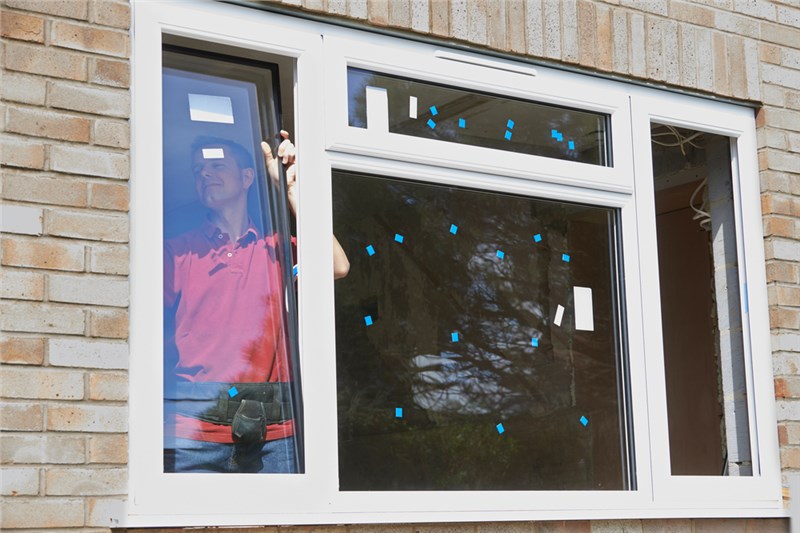
Choosing the Best Window Replacement Company
If you’re convinced that professional installation is the way to go, finding the best window company is your next step towards a brand-new window replacement. Not all remodeling companies are made alike, and some are better prepared to offer the high-quality installations, products, and customer services you need to achieve a successful result.
There are several things to look for when evaluating the window companies in your area. For your convenience, we’ve compiled some of the most important questions for you to consider when choosing your remodeling company:
· Is the Company Insured and Licensed? If the contractor you’re interviewing lacks a license or insurance, you’re better off finding a real, certified installer for your window replacement. While they may offer lower rates that will seem like a great deal in comparison to legitimate companies, you’ll run the risk of paying much more than you expected should something go wrong after your window is installed.
· How Long Has the Company Been in Business? Check to see how long the company has been in existence. Look for remodeling companies with long-standing reputations for excellence in window installation services. These companies should offer services that you can trust, for a no-worry, no-hassle window renovation experience.
Then again, a newer company won’t have the same history that an older, established one will. That doesn’t necessarily mean you should write them off completely. If you’re interested in going with a newer company, check their background and status with the chamber of commerce, and other affiliations with organizations like the BBB, Angie’s List, and others. Read their customer reviews, and get referrals from people you know that can vouch for the quality of their work.
· Do They Offer a Warranty? Ask the company you’re considering whether they offer a warranty for the windows you want. Check to make sure that the warranty covers both the window product itself and the installation.Each window product may have different coverage terms, so make sure to get these important details straight before deciding on a product. You want the window to have full coverage in case anything should go wrong down the road.
Working with Window Installation Professionals at Midwest Construction
Midwest Construction is committed to serving our customers with the best installations, superior products, and exceptional customer service. We take great pride in researching the market to find the highest quality products at the most affordable prices. Our goal is to help you achieve the renovation you want at the greatest value possible, and long-lasting results that offer a lifetime of satisfaction for you and your family.
Since 1958, our team of expert contractors has served our customers with top-rated window replacement installations in Iowa and Minnesota. Our longstanding reputation for excellence in home remodeling and exterior renovation is why we’re one of the top-rated and most trusted remodeling teams in the area.
If you’re considering window replacement to improve your home, we’d love to hear from you. Come visit our beautiful showrooms in Mason City or Des Moines (Grimes), to see our full window displays and samples of our top-quality window products. You can also give us a call to speak with an agent over the phone, or fill out our online form to be connected with one of our VSI certified production managers for a free, in-home pricing estimate and consultation.
Tags
Subscribe to Midwest Construction's Blog




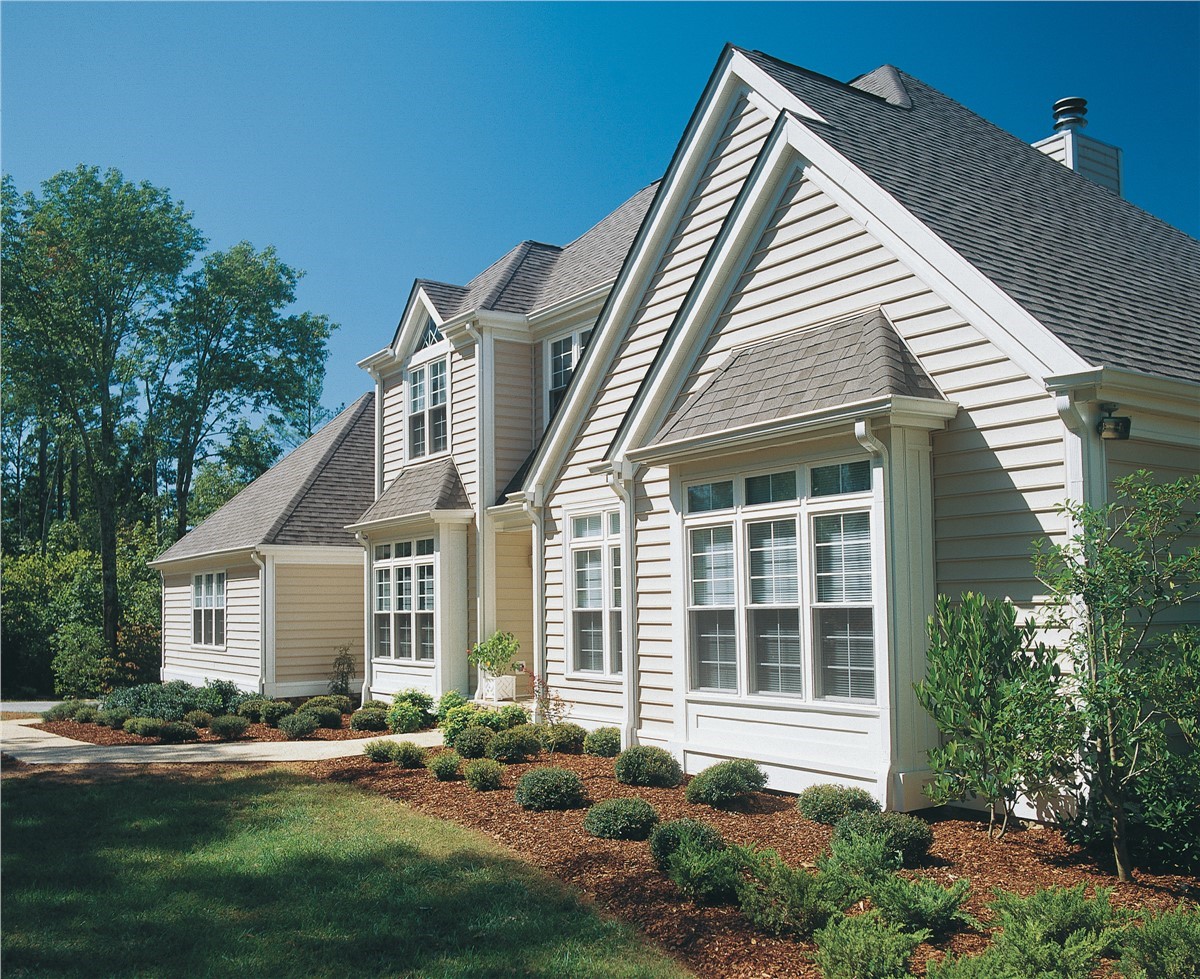
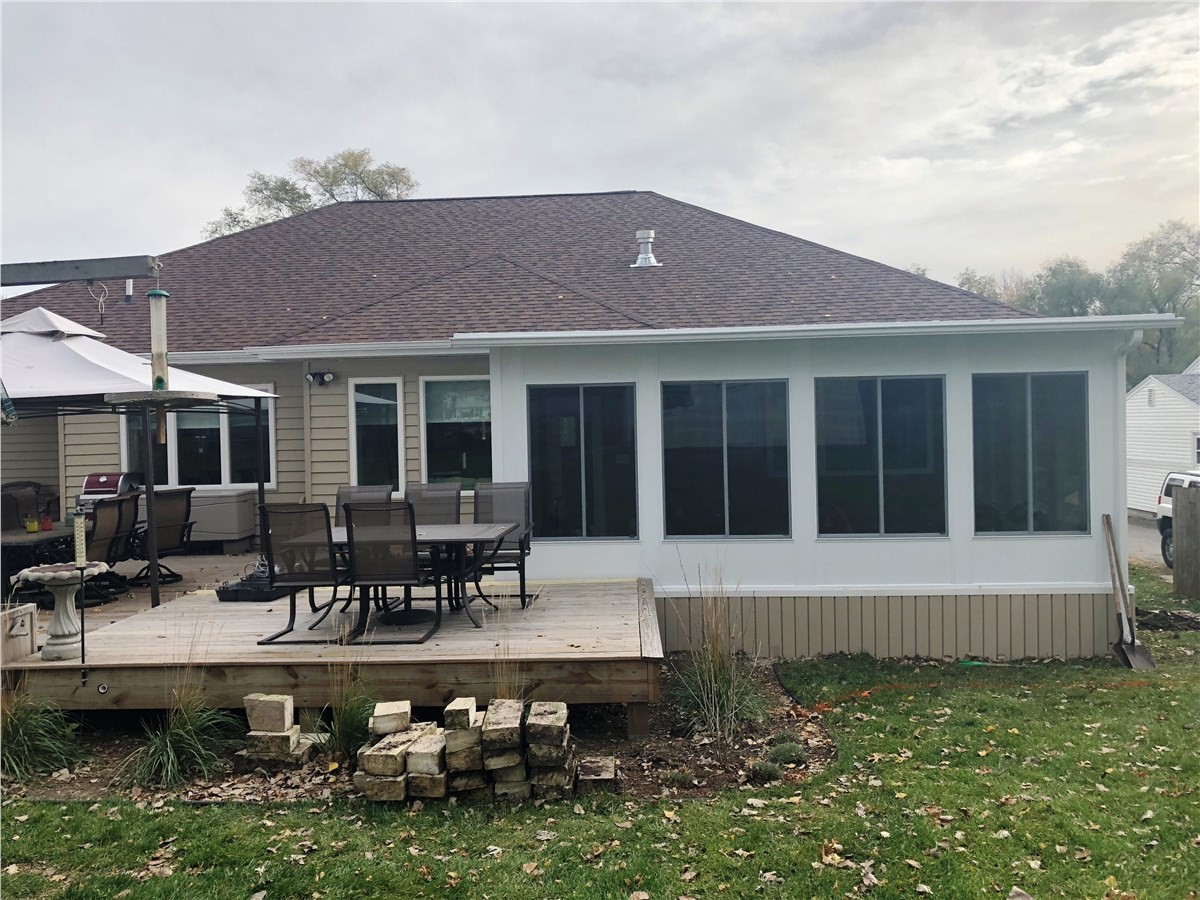
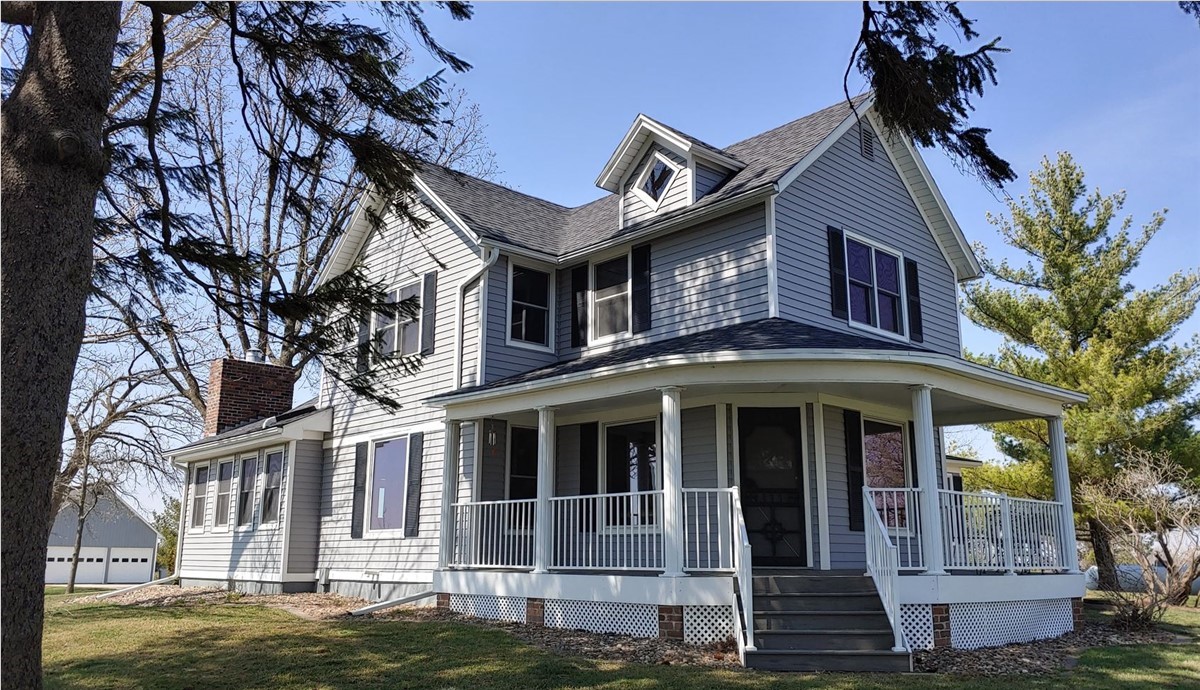
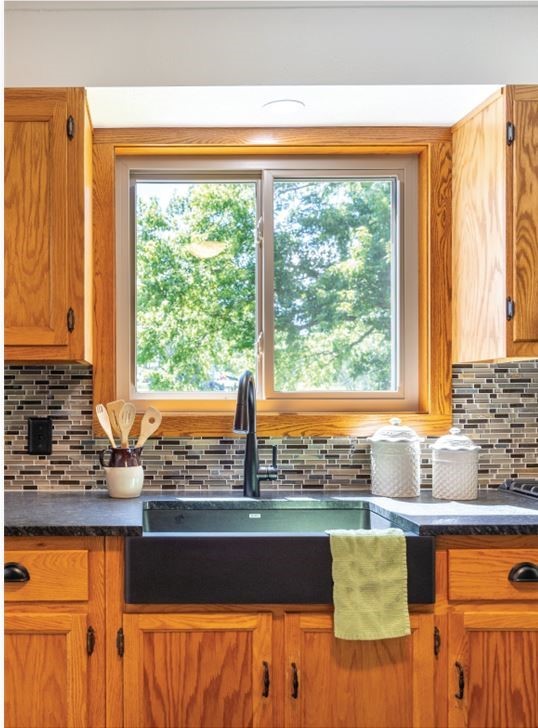

Comments